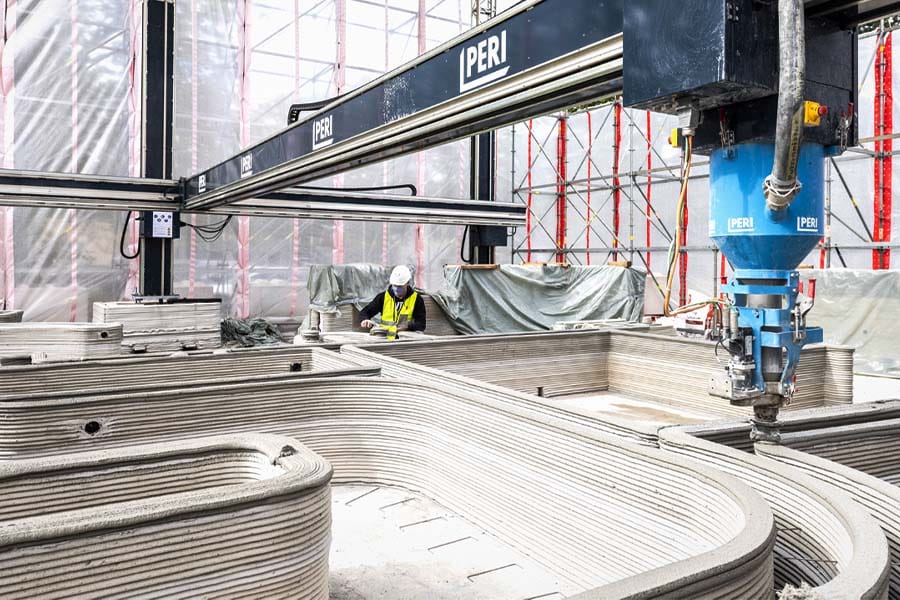Illustration by Nico Abbasi
The Portable Document Format (PDF) file type is ubiquitous in business, but especially in the construction industry, where everything from plan documents to RFIs to submittals and more are digitized via the PDF.
But what exactly is a PDF? And what makes the file format so essential in construction?
First, a bit of history.
In 1991, Adobe co-founder Dr. John Warnock set a goal of enabling anyone to capture documents from any application, send electronic versions of these documents and view and print them on any machine.
The next year, this goal culminated in the formation of the PDF file format, which has continued to evolve, expanding its applications and capabilities and spawning an entire sub-sector of companies that build software around manipulating the file type.
There are several essential characteristics about the PDF that Warnock and his Adobe co-founder Chuck Geschke created that make it so valuable to construction.
It can be used with most software tools
While a Microsoft Word document is limited to the Microsoft ecosystem and Revit files are restricted to being on the Revit platform, the PDF file type transcends software platforms. Nearly every software supports the PDF; as a result, this makes the digital document type extremely flexible in terms of its use in the real world.
In a way, the PDF is a standardized file type accepted and shared anywhere in the world. Although the PDF started as a product of Adobe and its flagship PDF viewer Acrobat, its use isn’t limited to that platform alone.
PDF as a digital piece of paper
In its simplest form, a PDF is a digital piece of paper. Construction workers were long used to working with physical and tangible pieces of paper for decades; the PDF is essentially taking that same concept but transitioning it to a digital environment.

This digital piece of paper, however, can do far more than your run-of-the-mill sheet of paper. Within a PDF is an entire world of document manipulation, which enables it to be so much more powerful and useful, especially for professionals in the construction, architecture and engineering industry.
PDF as container
One way to conceptualize the power of a PDF file is to think of it as a container. At its core, a PDF is a container filled with data. Of course, there’s the text, but beyond that there can be markups on that text, hyperlinks linking out to other digital documents or resources—and, of course, images. Taken together, this container is an incredibly dynamic document.
ALSO ON BUILT
All this data in a PDF container includes different components. One may be the initial text, another may be a markup, while yet another can be another element of data, whether it’s an image, hyperlink or something else. A PDF can include infinite components of such data. Other example components include file properties, attachments, digital signatures and more.
Document security
Because a PDF is such a dynamic document type, with different components of data at a user’s fingertips, there is also a tremendous amount of flexibility when it comes to being able to edit, change or secure the document for different uses.
For example, although a PDF can be edited, it can also be locked down by its creator so other viewers cannot change its contents. This allows the document type to be considered extremely secure when used for “official” purposes, like as a legal contract or other binding document. For most uses, a digital signature in a PDF is considered just as legitimate and secure as a signature on any other official document.
File size
A PDF’s distinctly reasonable file size allows it to be easily shareable and transferable. Even PDF files that are larger can be converted to a smaller file size. This allows for PDF documents to be shared with most communication channels, such as email and other simple file transfer systems.
Industry standard
These characteristics are what make the PDF file format standard in the construction industry. From its dynamic, digital nature to its ability to contain massive amounts of data types in a relatively small file size, the PDF is well positioned to remain the standard in the industry for decades to come.












